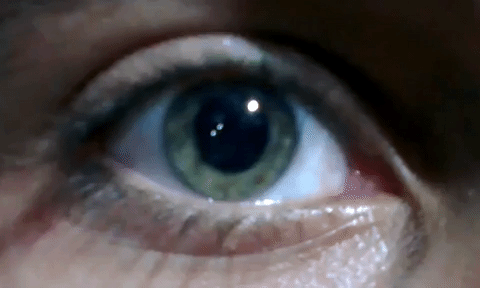
Background
What is Nystagmus?

Nystagmus is an eye condition characterized by involuntary, repetitive eye motion that can significantly affect vision and quality of life.
Common Types of Nystagmus:
-
Acquired Vestibular Nystagmus
-
Congenital/Infantile Nystagmus (INS)
-
Manifest-Latent Nystagmus
Affecting 1 in 1,000 people, there is no cure.
Accessed from: Wikimedia
Current Treatment
Surgery
Surgeries such as Kestenbaum surgery, artificial divergence surgery, and recession of horizontal rectus muscles are used to treat nystagmus and improve vision, but over time, leftover eye movements and too much correction can happen, reducing the surgery's effectiveness.
Medicine
Gabapentin and memantine can also be used to treat nystagmus. Gabapentin can reduce symptoms by 60% but can interfere with other ocular motor processes. Memantine, although it does not affect other eye functions, is less effective in reducing symptoms.
Devices
Devices like the Nystagmocatcher exist, which help diagnose vestibular diseases, but they do not provide individuals with direct aid during episodes of rapid involuntary eye movement.